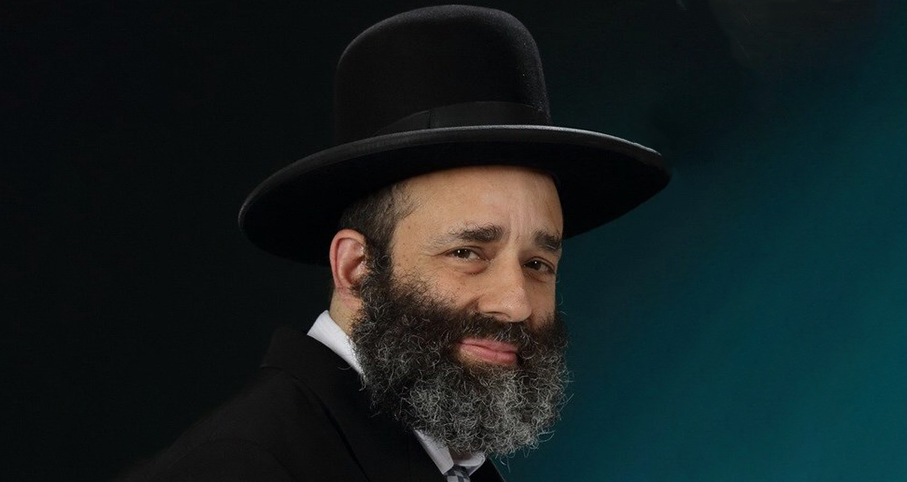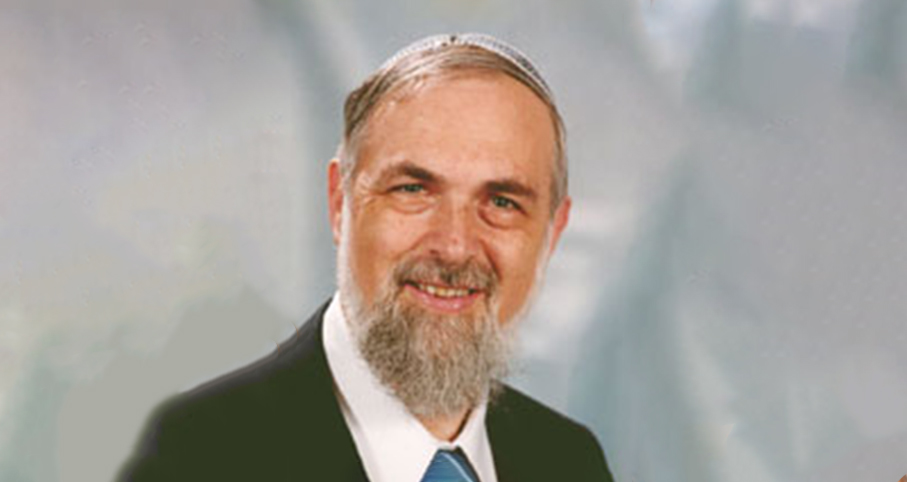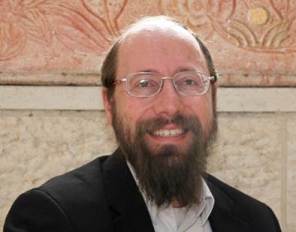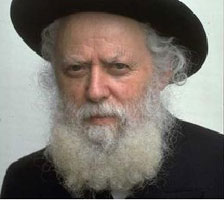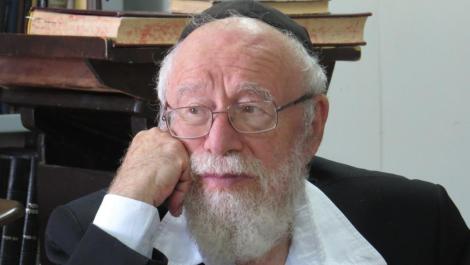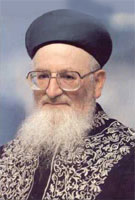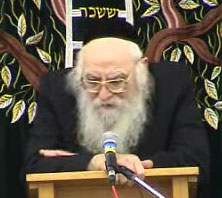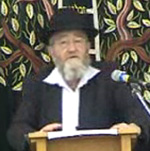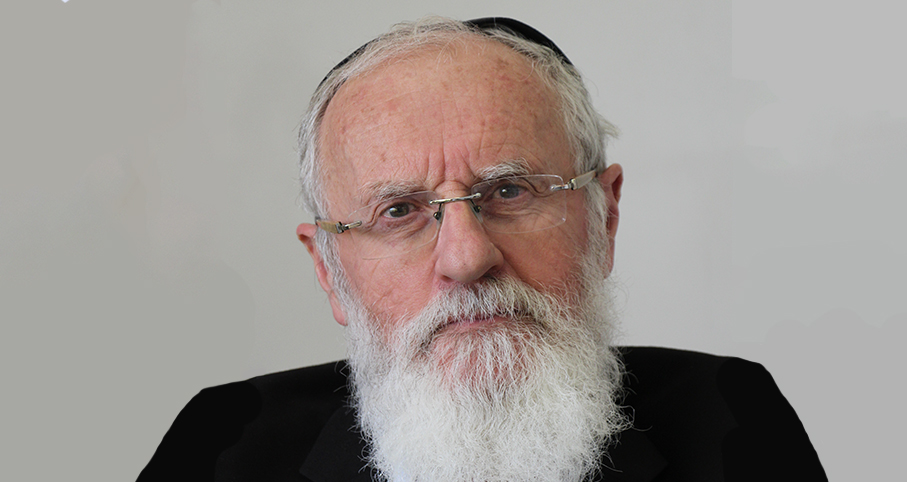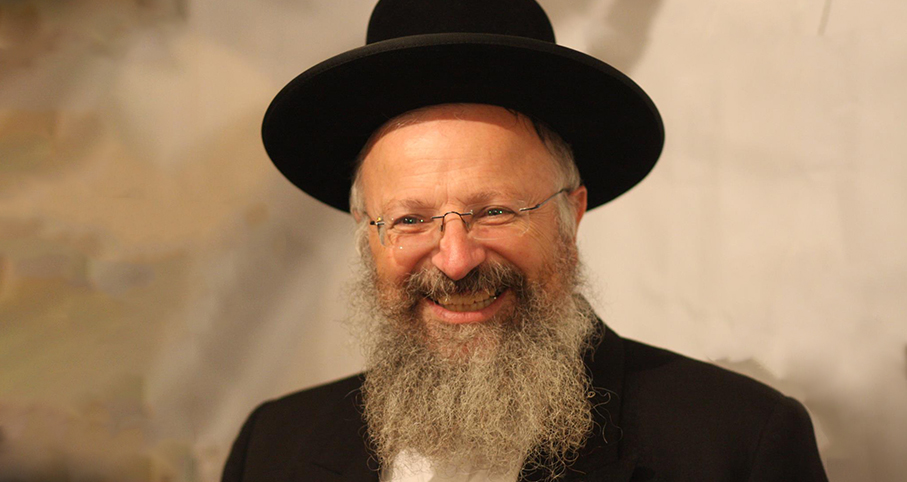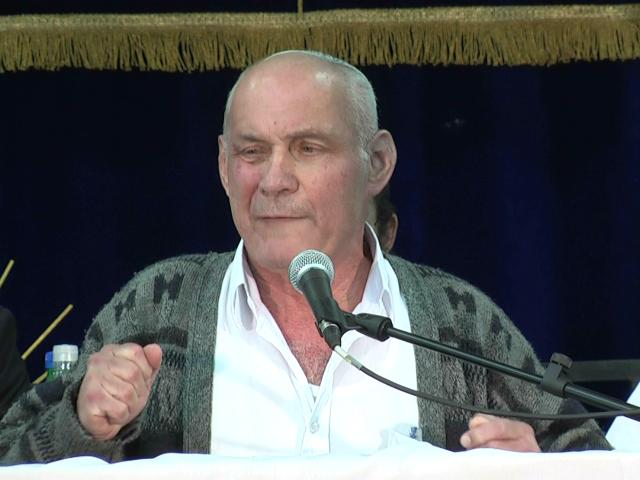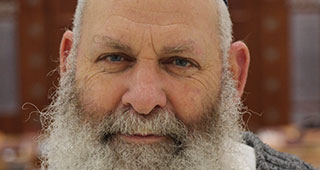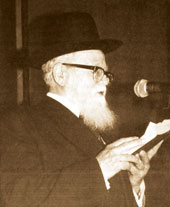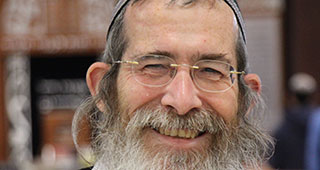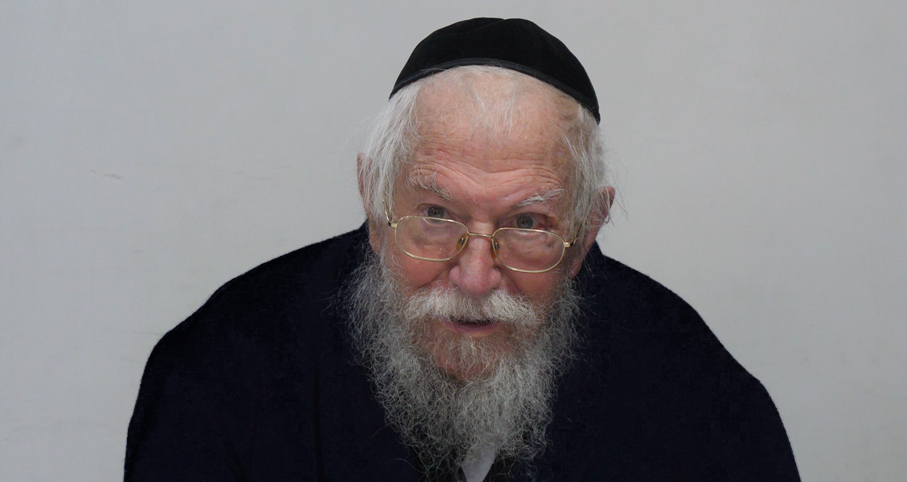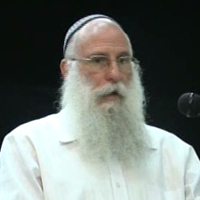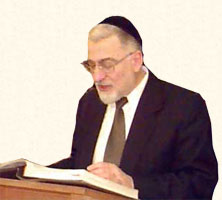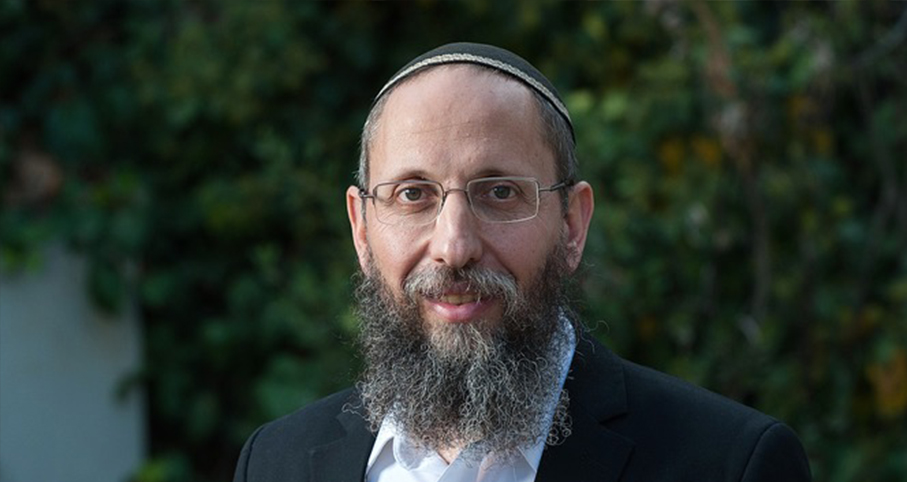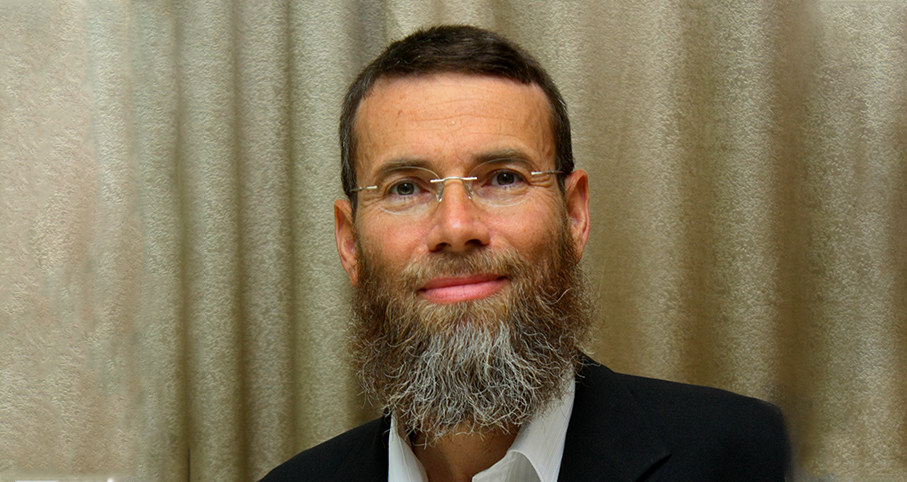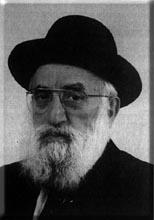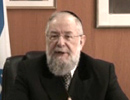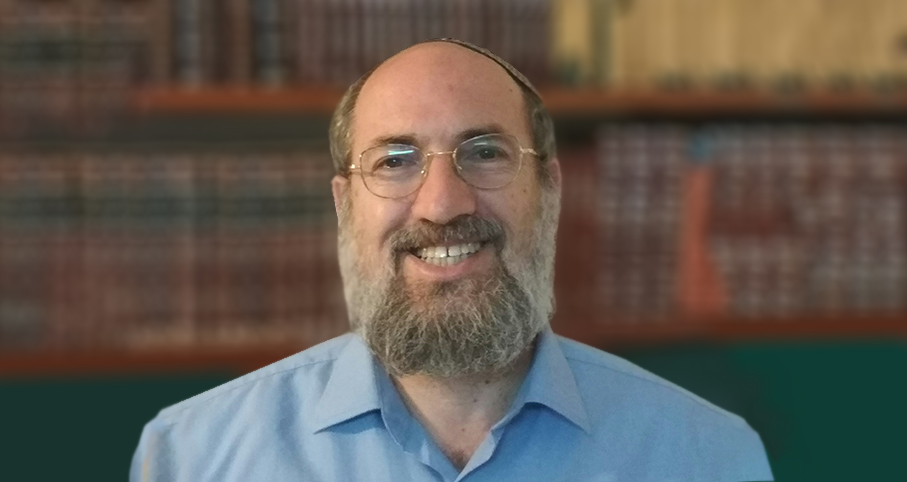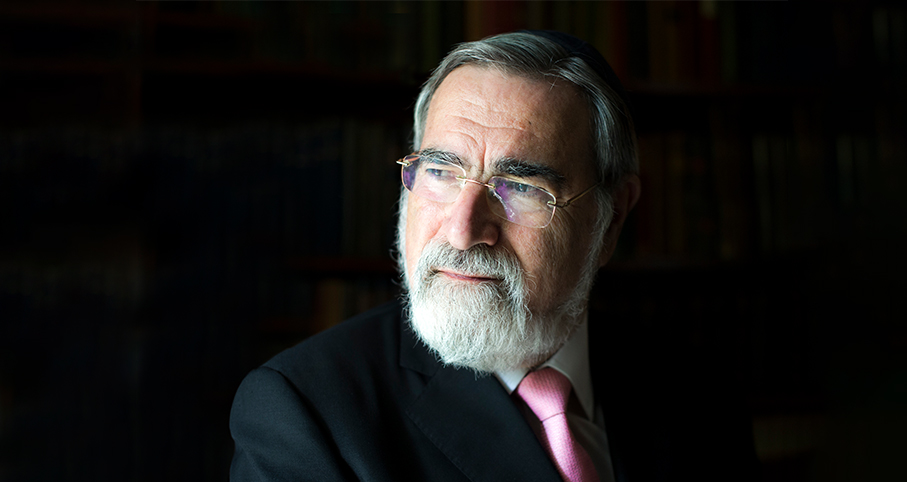Beit Midrash
- Torah Portion and Tanach
- Shmot
- Vayakhel
The Torah study is dedicatedin the memory of
Hana Bat Haim
One could imagine that Moshe’s involvement had to do with his exalted status as the holiest man and the greatest prophet in the history of the Jewish people. However, as we search Tanach for parallel examples, we find that it was Moshe’s other role, as the king/ruler of Bnei Yisrael that was apparently responsible for his involvement. For indeed we find that in later consecrations of later sanctuaries, the kings are involved in similar roles to that of Moshe.
In Melachim (I, 6) it tells of Shlomo Hamelech bringing sacrifices and sanctifying the courtyard of the Beit Hamikdash. Let us look further in history, at the Beit Hamikdash which is still to be rebuilt. The navi Yechezkel (see 45:18-25) tells us that the nasi (king or equivalent national leader) will bring the korbanot when the Beit Hamikdash will be consecrated in the days to come.
One more precedent in Tanach involves David Hamelech. When he escorted the aron (holy ark) to Yerushalayim, dancing before it, he was wearing an efod bad (an apron of linen), which sounds like the vestment of the kohen gadol. Why an efod? Apparently, bringing the aron to Yerushalayim, which would be its permanent place of rest during the period of the Beit Hamikdash, which was in the planning stage, had an element of the practical steps towards construction of the Beit Hamikdash.
We explained last year that there is a clear distinction between the service in the Beit Hamikdash and its construction. The former can be done even when it involves desecrating Shabbat, while the latter cannot. During the period of building, the sanctity of the mikdash is not yet permanent. With a lack of permanence and the issues being of a temporary nature, the king, who is responsible for the nation’s day-to-day operations, is the one who is in charge. After the building, when the sanctity is permanent, then the kohanim, who have the permanent role of tending to the service of the mikdash, are appropriate. Shabbat is also a permanent time of sanctity, from the time of the creation of the world and on. Only the permanent operation of the mikdash can supercede it. Construction of the mikdash, representing the temporary efforts towards kedusha, cannot be allowed to desecrate Shabbat.
Let us pray for the speedy arrival of the time when the Kingdom of Israel will be involved in the building of the Beit Hamikdash and then give over its operation to the kohanim
Oh how much do I love Your Torah
Rabbi Moshe Leib Halberstadt | 28 Adar 1 5784
What links the size of the world and the size of the tabernacle?
Rabbi Shmuel Eliyahu | Adar I 23 5782
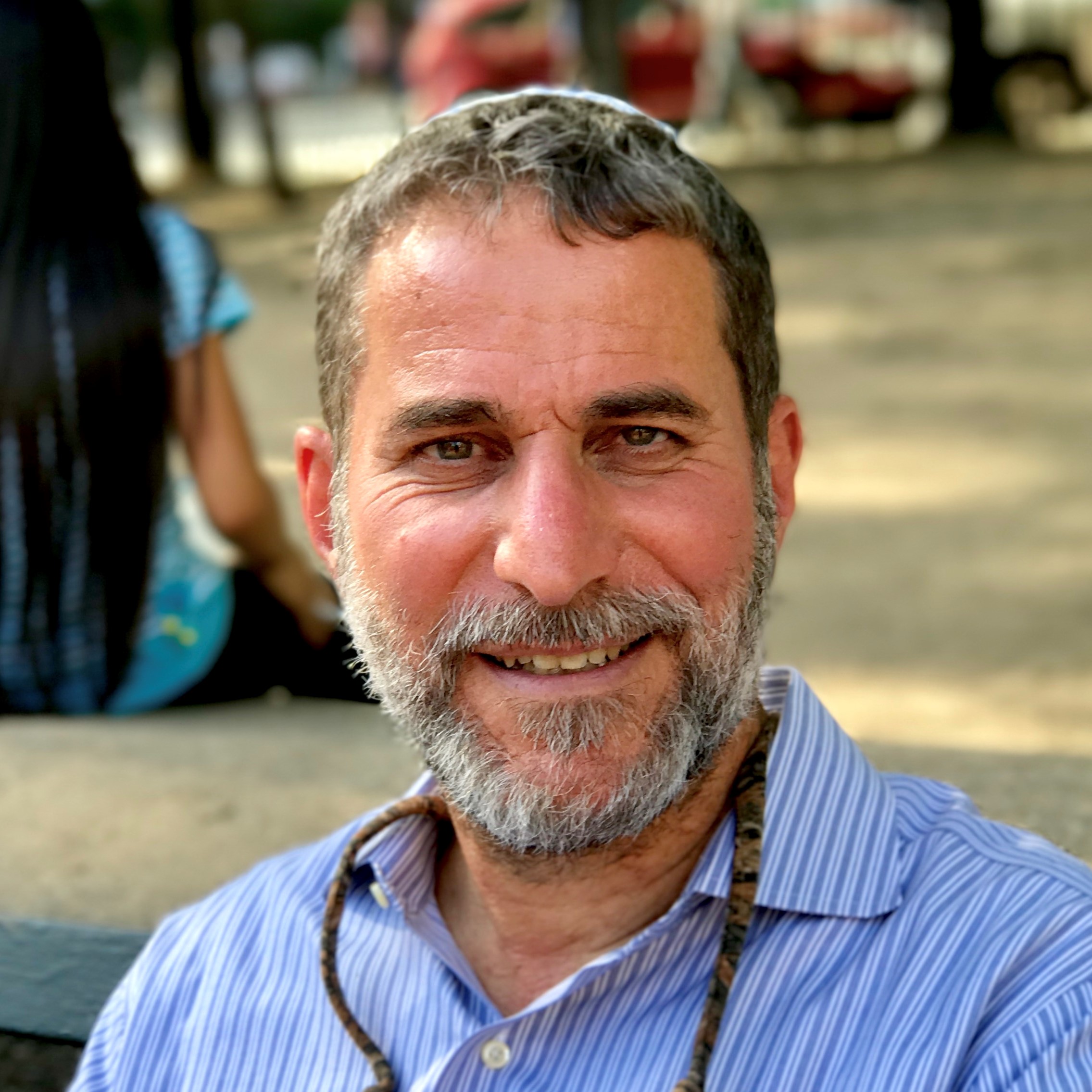
Living In Diaspora is Idolatry
Beyond the 4 Amot
Baruch Gordon | Adar 27 5780
